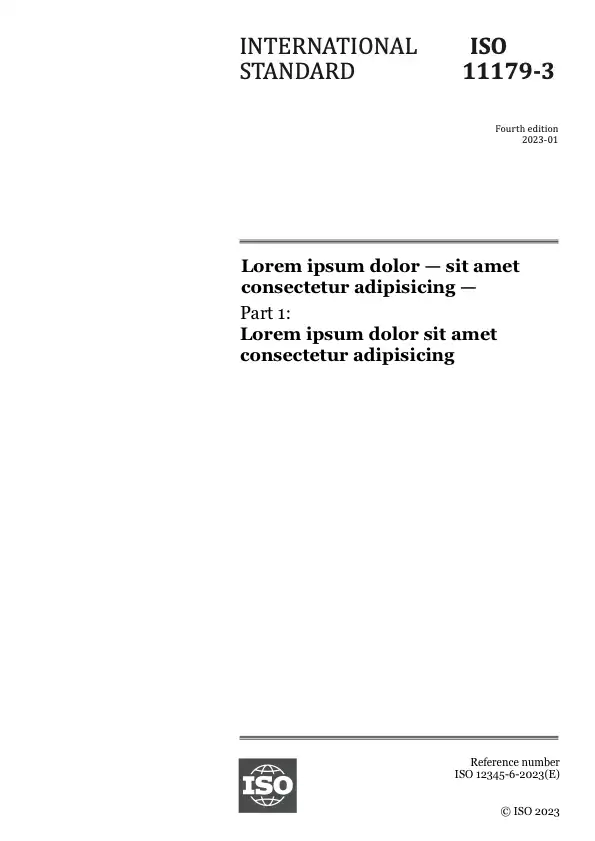Тезис
This document specifies four standard message formats for use in transferring spacecraft orbit information between space agencies and commercial or governmental spacecraft operators: The Orbit Parameter Message (OPM), the Orbit Mean-Elements Message (OMM), the Orbit Ephemeris Message (OEM), and the Orbit Comprehensive Message (OCM). Such exchanges are used for:
a) pre-flight planning for tracking or navigation support;
b) scheduling tracking support;
c) carrying out tracking operations (sometimes called metric predicts);
d) performing orbit comparisons;
e) carrying out navigation operations such as orbit propagation and orbit reconstruction;
f) assessing mutual physical and electromagnetic interference among satellites orbiting the same celestial body (primarily Earth, Moon, and Mars at present);
g) performing orbit conjunction (collision avoidance) studies; and
h) developing and executing collaborative maneuvers to mitigate interference or enhance mutual operations.
This document includes sets of requirements and criteria that the message formats have been designed to meet. For exchanges in which these requirements do not capture the needs of the participating agencies and satellite operators, another mechanism may be selected.
This document is an international standard published under the auspices of CCSDS and International Standards Organization (ISO) Technical Committee 20, Subcommittee 13, developed jointly and in concert with the ISO TC20/SC14. As such, this CCSDS standard is also properly labeled as ISO 26900.
The recommended Orbit Data Message format is ASCII (reference [4]).
This document describes both ‘Keyword = Value Notation’ (KVN) as well as Extensible Markup Language (XML) (reference [5]) formatted messages. Selection of KVN or XML format should be mutually agreed between message exchange partners.
NOTE – As currently specified, an OPM, OMM, or OEM file is to represent orbit data for a single spacecraft, and the OCM is to represent orbit data for either a single spacecraft or single parent spacecraft of a parent/child spacecraft deployment scenario. It is possible that the architecture may support multiple spacecraft per file; this could be considered in the future.
Preview
Общая информация
-
Текущий статус: ОпубликованоДата публикации: 2024-02Этап: Опубликование международного стандарта [60.60]
-
Версия: 2
-
Технический комитет :ISO/TC 20/SC 14ICS :49.140
- RSS обновления
Жизненный цикл
-
Ранее
ОтозваноISO 26900:2012
-
Сейчас
-
00
Предварительная стадия
-
10
Стадия, связанная с внесением предложения
-
20
Подготовительная стадия
-
30
Стадия, связанная с подготовкой проекта комитета
-
40
Стадия, связанная с рассмотрением проекта международного стандарта
-
50
Стадия, на которой осуществляется принятие стандарта
-
60
Стадия, на которой осуществляется публикация
-
90
Стадия пересмотра
-
95
Стадия, на которой осуществляется отмена стандарта
-
00
Появились вопросы?
Ознакомьтесь с FAQ
Часы работы:
Понедельник – пятница: 09:00-12:00, 14:00-17:00 (UTC+1)

